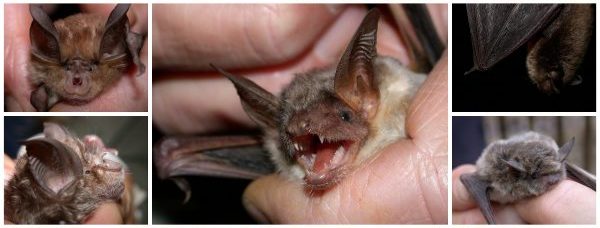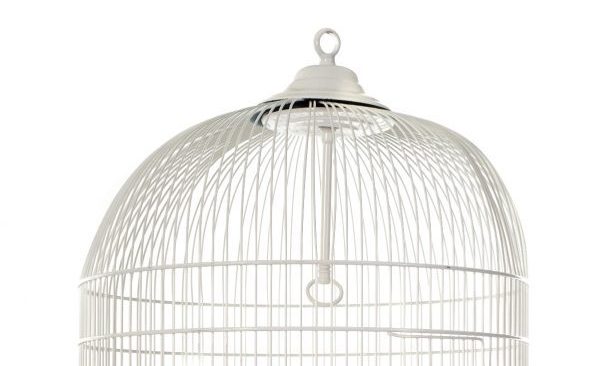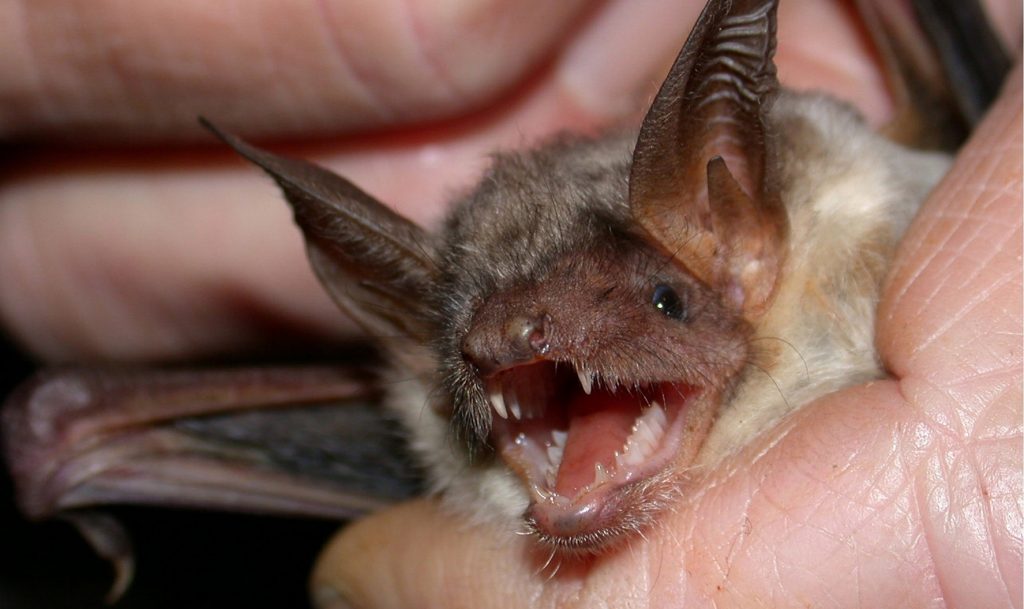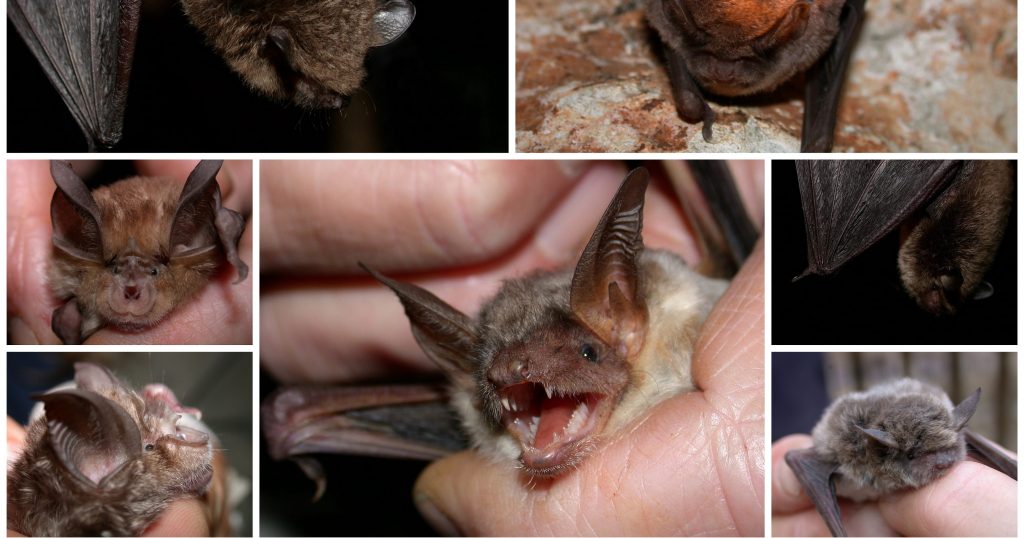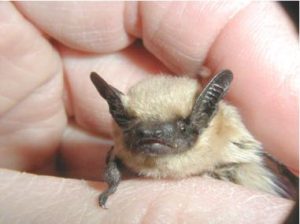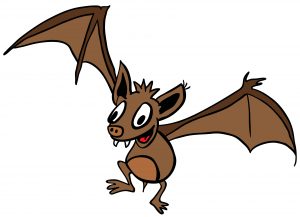
Louisville Bat Removal 502-553-7622
White Nose Syndrome (WNS)
White Nose Syndrome was first discovered in 2007 in the Northeastern parts of the United States, and has continued to spread throughout the continent. More than 25 states have been infected by this disease since 2008, as well as, a handful of Canadian provinces. Some common species that have suffered a significant impact in population density include the Little Brown bat (Myotis lucifugus), the Northern Long-Eared bat (Myotis septentrionalis), the Virginia Big-Eared bat (Corynorhinus townsendii virginianus), the Gray bat (Myotis grisescens), and the Indiana bat (Myotis Soladis).
So What is WNS?
It is a fungal disease that seems to solely target cave-dwelling, hibernating bat species. It appears in the form of a white film around the muzzles, ears, and wings of bats. Although it looks unsuspecting, it causes major problems for bats. It comes from the fungus Pseudogymnoascus destructans, which inhabits the skin of a bat. It is a “psychrophilic” fungus, meaning it prefers cold, damp environments (usually between 39 and 59 °F), where it thrives best. Perhaps this is why cave bats are common victims.
White Nose Syndrome affects bats negatively by disrupting torpor (temporary hibernation), thus causing changes in their behavior that is not favorable for their lifestyle. Primarily, it makes bats more active than normal, causing them to burn excessive calories and lose body fat. And without proper body fat stores, they cannot survive the winter season.
Why Care?
Bats serve a vital ecological importance. The role they play in insect control is massively significant to our local economies, health, comfort, and more. A single bat can consume more than 1,000 insects in just one night. Now keep in mind that bats are not solitary mammals. They live in colonies that can be in the hundreds or thousands. That is an extensive amount of insect extermination for a town!
The amount of insects bats consume contribute to our healthy crops, which help farmers and more earn money; money that is then distributed back into the local economy, keeping everyone happy! Furthermore, their contribution to pest management keeps our backyards and outdoor activity areas free of pesky mosquitoes and other biting insects, which can spread diseases or cause illness.
Curing the Disease
There is no cure or treatment for White-Nose Syndrome. However, researchers, biologists, and scientists all over the world are working on managing the spread of the disease and discovering a means to an end. Although there is no way to cure this disease, there are many ways to continue protecting bat populations. Do you part by vowing to never touch, trap, harm, or kill a bat under any circumstances.
If You Find Bats On Your Property…

Louisville Bat Removal 502-553-7622


